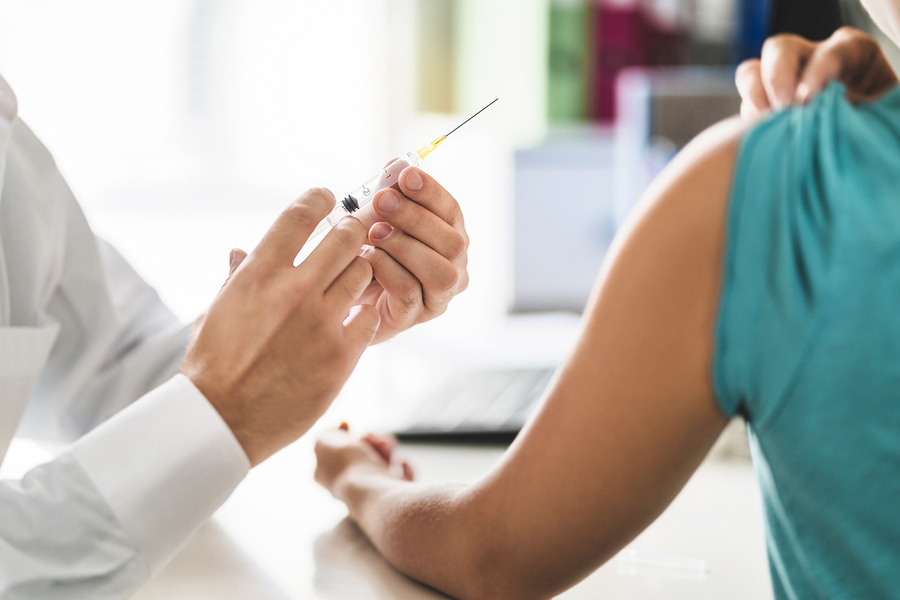In this week’s news, Measles cases have also reached tech giant Google. According to the Centers for Disease Control and Prevention, 555 cases of measles have been confirmed in 20 states this year (as of April 11, 2019). As of this writing, the Ohio Department of Health has not confirmed any Ohio cases. However with the holiday season of Easter and Passover, Measles cases have the possibility of traveling into the state of Ohio, and starting a Measles epidemic here. Lets review the symptoms of Measles.
Signs and Symptoms of Measles
Fever
Rash
Runny Nose
Red Eyes
Very Contagious
The most common question that I have received from adults is this: Do I need a Measles booster shot as an adult. The answer to that is - It Depends. If you were born before 1957, you probably had the measles, so you probably do not need a booster.
If you were born between 1958-1991, you possibly received one measles shot, which puts you at a 90 percent chance of being protected. You may want to talk with your doctor about possibly getting a second (or booster) shot, especially if there happens to be a local Measles outbreak in your community.
For those born after 1991, and received the measles shot, and a booster, you have about a 97 percent chance of being protected. Of course, if there is any questions, please check with your Family Physician. The above information is summarized in the chart below
Should I receive a Measles Booster Shot?
Born Before 1957: Probably not
Born Between 1958-1991: Maybe; Especially if Local Measles Outbreak
Born after 1991 and Received Two Measles Shots: No
Unfortunately, I believe that it is only a matter of time until the national Measles epidemic reaches Ohio. The best ways to prevent or limit the effect of Measles in Ohio are by two steps: Immunize and Recognize the signs and symptoms. And, of course, if you have any questions, contact your physician immediately.











